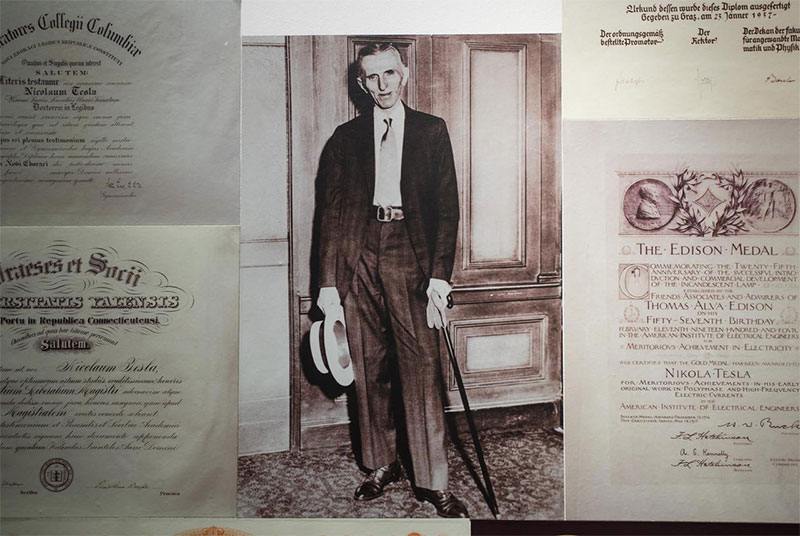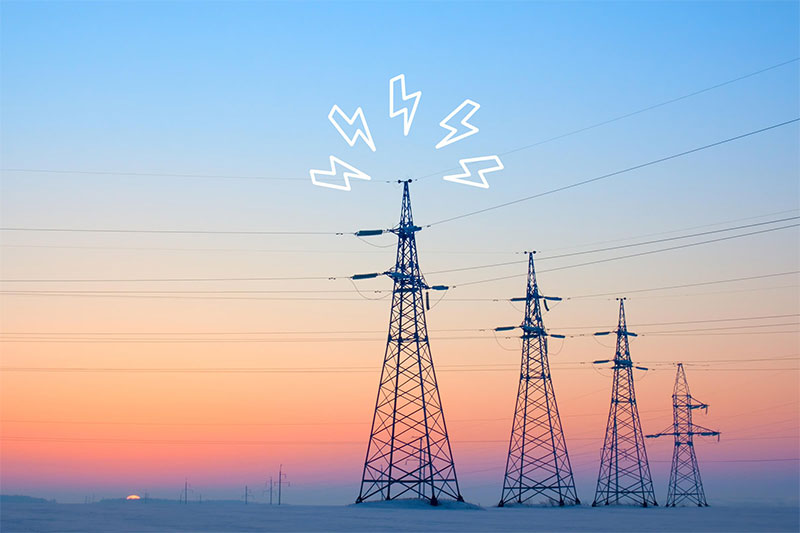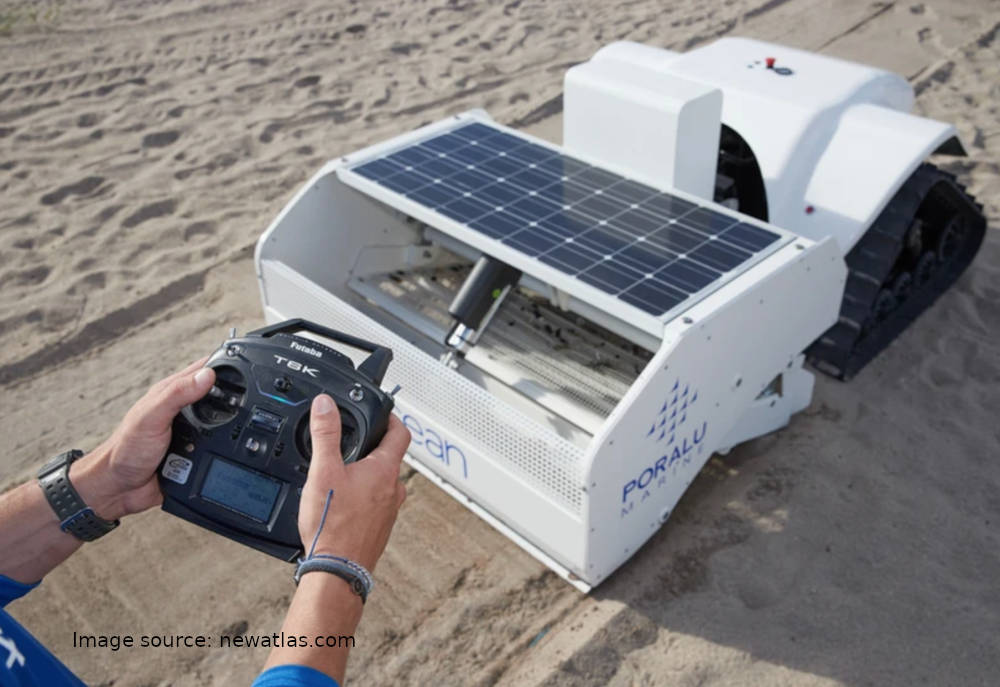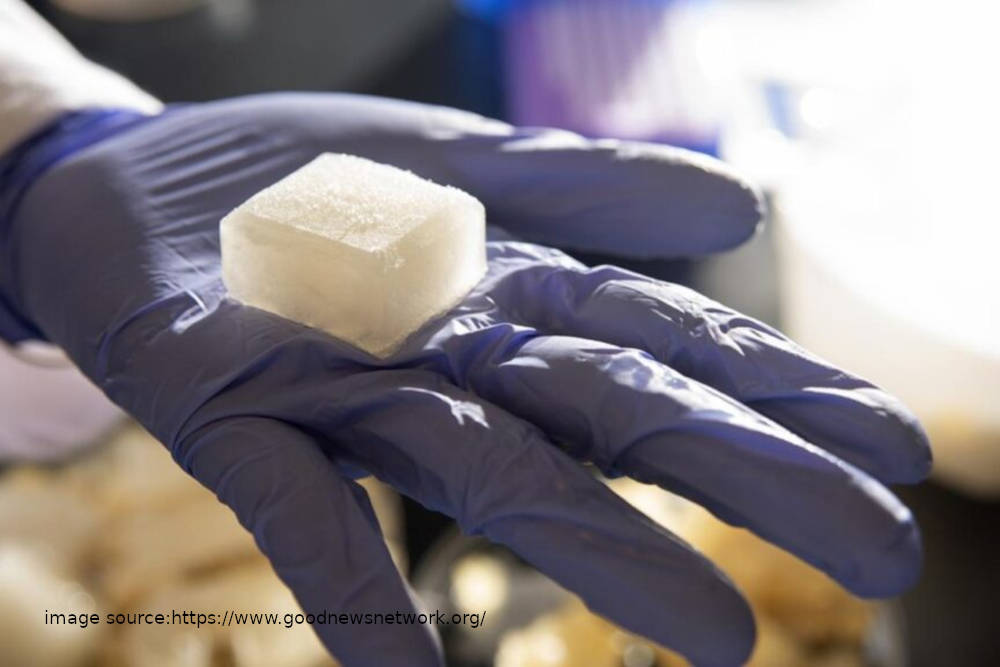The impact of Nikola Tesla
- Home
- Swallow Green
- The impact of Nikola Tesla
The impact of Nikola Tesla
- access_time 1 February 2020
- account_circleSwallow Green

Croatian-American (or Serbian-American, depending on your point of view) engineer and physicist Nikola Tesla (1856-1943) made an incredible number of breakthroughs in the production, transmission and application of electric power. He pioneered the first alternating current (AC) motor and developed AC generation and transmission technologies. Though famous and respected, he never managed to translate his copious inventions and patents into long-term financial success – as opposed to his one-time employer and main rival, Thomas Edison.
Nikola Tesla was born in 1856 in Smiljan, Croatia, at the time part of the Austro-Hungarian Empire. His father was a priest in the Serbian Orthodox church and his mother managed the family’s farm. His heritage and nationality are a part of a long-time debates between historians of Croatia and Serbia alike, as this dual existence makes it impossible for any country to claim him in full. In life he stated that he was proud of his Croatian homeland and Serbian ethnicity, and we think leaving it at that is the fairest thing to do. Every man has a right to identify and feel as he wishes. In 1863, Tesla’s brother Daniel perished in a riding accident. The shock of the loss unbalanced the 7-year-old Tesla, who reported seeing visions—the first sign of his lifelong mental illnesses.

Image source: www.vecernji.hr
Tesla studied math and physics at the Technical University of Graz and philosophy at the University of Prague. In 1882 he came up with the idea for a brushless AC motor, making the first sketches of its rotating electromagnets in the sand of the path, all while being out for a walk. Later that year he moved to Paris and got a job repairing direct current (DC) power plants with the Continental Edison Company. Two years later he immigrated to the United States, where the most interesting and meaningful part of his life and creation begins.
Tesla arrived in New York in 1884 and was hired as an engineer at Thomas Edison’s Manhattan headquarters. He worked there for a year, impressing even Edison himself with his diligence and ingenuity. At one-point Edison told Tesla he would pay $50,000 for an improved design for his DC dynamos. After months of experimentation, Tesla presented Edison with a solution and asked for the money. Edison voided his promise, saying, “Tesla, you don’t understand our American humor.” Tesla quit soon after, and the partnership and some say friendship soured, turning into a rivalry.
After an unsuccessful attempt to start his own Tesla Electric Light Company and a stint digging ditches for $2 a day, Tesla found backers to support his research into alternating current. In 1887 and 1888 he was granted over 30 patents for his inventions and invited to address the American Institute of Electrical Engineers about his work. His lecture caught the attention of George Westinghouse, the inventor who had launched the first AC power system near Boston and was Edison’s major competitor in the “Battle of the Currents.” Westinghouse hired Tesla, licensed the patents for his AC motor and gave him resources and a lab of his own.
Propelled by Westinghouse’s royalties, Tesla continued his independent work. Unfortunately, Westinghouse was soon forced by his backers to renegotiate their contract, meaning Tesla would have to give up his royalty rights.

Image source: balkaneu.com
In the 1890s Tesla invented a number of new machines, such as electric oscillators, meters, improved lights and the high-voltage transformer known as the Tesla coil. He also experimented with X-rays, gave short-range demonstrations of radio communication two whole years before Guglielmo Marconi and piloted a radio-controlled boat around a pool in Madison Square Garden. Together, Tesla and Westinghouse lit the 1891 World’s Columbian Exposition in Chicago and partnered with General Electric to install AC generators at Niagara Falls, creating the first modern power station.
In 1895 Tesla’s New York lab burned, destroying years’ worth of notes and equipment. Relocating to Colorado Springs for two years, Tesla returned to New York in 1900. He secured backing from financier called J.P. Morgan and began constructing a global communications network centered on a giant tower at Wardenclyffe, Long Island. But funds ran out and Morgan abandoned Tesla’s grandiose schemes.
Tesla lived out his last decades in a New York hotel, toiling at new inventions even as his energy and mental health diminished. His obsession with the number three and fastidious cleanliness were dismissed as the eccentricities of genius. He spent his final years feeding and, in his own words, communicating with the city’s pigeons. This is also attributed to his declining mental state.
Tesla died in his room on January 7, 1943. Later that year the U.S. Supreme Court voided four of Marconi’s key patents, belatedly acknowledging Tesla’s innovations in radio. The AC system he championed and improved remains the global standard for power transmission, over 70 years after his death. His work continues to inspire, as electric power is still seen as one of the cleaner sources of energy, and is yet to be surpassed. We can only hope for another mind like Tesla’s to emerge, and push forward our scientific advancements in these modern times, as he once did.






